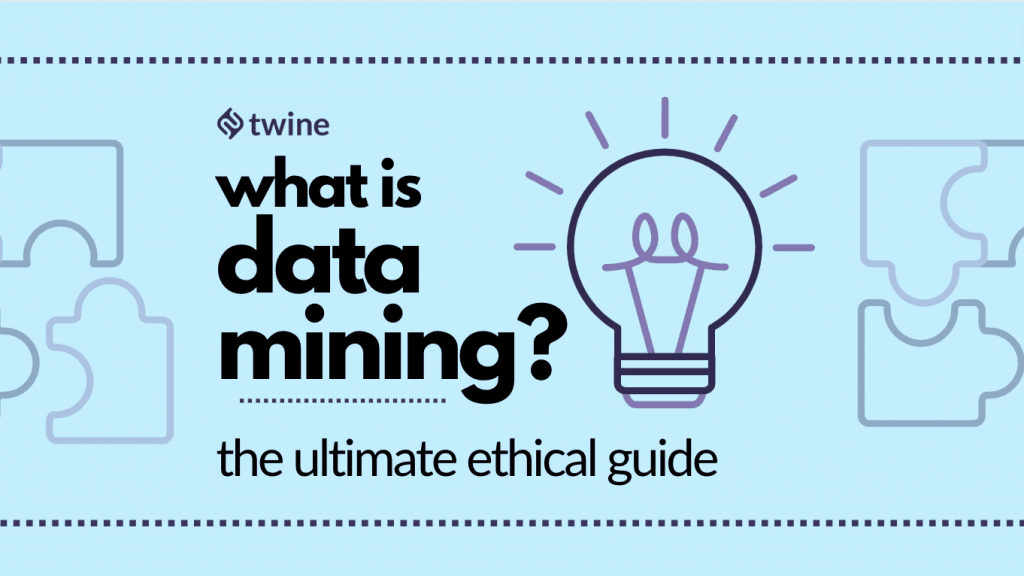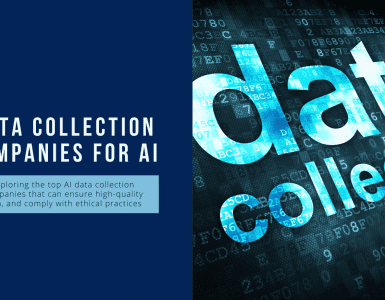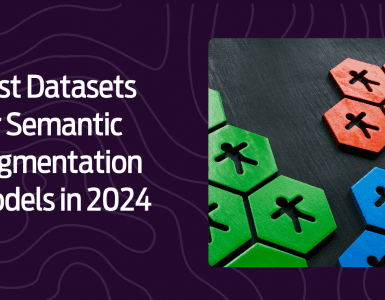
“Mining” is the process through which you can extract useful raw materials and resources from the earth. By now, you’re probably already familiar with how big data has become pivotal for business growth – with data mining not far behind…
Big data can include anything from customer feedback, to what your target audience thinks of your brand. In short, big data is unstructured and varied, making it hard to process and understand in its raw form.
Data mining provides this structure to your raw data (e.g. sales numbers or marketing spending).
Used wisely, it can help you make better business decisions.
Ready to learn more? Let’s dive in.
What is Data Mining?

Since mining involves working with consumer information, certain sensitive areas may command legal purview. This is why following ethical procedures are essential.
Data mining is the process by which you can extract useful patterns, trends, behaviors, and insights from unstructured data.
Businesses can use mining to better strategize their sales, marketing, finances, operations, and other processes. It helps them better align their strategies to objectives and goals when backed with solid, real-time data.
In truth, if there is data out there that concerns your business, you can pull it and mine it.
However, it is this fact that makes data mining an activity live in a bit of a grey area. It is thus essential to understand the boundaries of legality and ethical limits that encompass data mining.
How Does Data Mining Work?

On paper, data mining is a simple concept that works in reverse. Let’s put that into simpler words.
Say that your business knows the results it wants to achieve within the current quarter. The data mining process would then begin with this known result and create a dataset to achieve it.
When you feed the new and actual data into this mining system, it would then perform an analysis to predict how close the scenarios in the actual dataset are to the desired results. Based on this new insight, you can mobilize resources accordingly.
There are four essential steps involved in creating a data mining “system” or (loosely put) an “algorithm”:
- Pull historical data – the first step in data mining is to look into your existing repository for the information you wish to mine. For example, if you want to determine your best prospects, you need to look at your own customers first.
- Analyze your historical data – the second step is to feed it into artificial intelligence engines to extract useful insight from it that you can understand easily. It helps you identify patterns.
- Determine the mining rules – the third step is to get down to specifics. Working with the insight that you uncovered in the second step, you need to write the mining rules. For example, female customers aged 18 to 25 spend more on cosmetics/makeup, and female customers aged 26 to 35 spend more on skincare. It is these rules that will impact the accuracy of your mining results.
- Apply the model – this is the last step of mining, where you apply your model to a new database.
Data Mining Techniques
Depending on the outcomes your company focuses on, the data mining techniques you choose would differ. Listed below are the three most prevalent data mining techniques in employment today.
Descriptive Model
This model analysis the current data of your business to find relationships and patterns within.
Predictive Model
As the name suggests, this model helps a business to determine a future outcome or to apply the desired effect to current datasets for resource allocations or better finance management.
Outlier Analysis
Outlier analysis is a technique to determine anomalies or problems within a dataset. It is most commonly used to identify fraudulent or criminal activity.
Data mining looks simple on the surface; it is quite exhaustive in reality. A multitude of parallel rules and variables define the outcome.
Data Mining Best Practices

Data mining is done best when your approach and application of its principles are on point. Let’s take a look at certain best practices:
Set a Goal
Your overarching objectives from data mining would always be definitive; however, you need to work with milestones. Create specific goals from your data mining activities that lead up to the objectives you want to achieve – increasing the number of social media followers or streamlining advertising spending- and set clear quantified goals.
Use Multiple Sources
It is a good practice to gather information from external sources and the internal data your company has access to. You can purchase market reports or observe social media activities and trends of your niche to inform the rules of your data mining activity for better results.
GDPR Isn’t Enough
Although the GDPR regulations put together a decently defined roadmap for consumer data use and privacy, they aren’t enough to define good practices. For one, they don’t specify the data implementation regulations. Some degree of interpretation is needed to apply moral and ethical boundaries on data use, building on the regulations specified in the GDPR.
Address the Ethical Concerns
Despite the existing regulations, there can be instances where your business crosses ethical boundaries even after ensuring full compliance. This can happen because the definitions of PII, transparency, and governance are “vague” and open to interpretation. It is best to tread carefully when working with user data.
Be Transparent
The best way to improve visibility into your data mining activities is to be transparent about it. Every piece of data that goes into your algorithms and every bit of information that comes out needs to reflect its utility clearly. The information you use should be filtered through regulatory and ethical compasses before it goes into the data mining engine.
Consistency in Semantics
While determining the data mining rules, you need to ensure that your data’s logical concepts and attributes remain consistent throughout the mining system and the organization. Any variations could potentially lead to errors in the results.
Data Mining Tools

Traditionally, data mining was the job of scientists who knew how to work with Python and similar programming languages. However, contemporary technology is more advanced. SaaS software and tools help identify rules and algorithms and visually represent the derived insights.
Some of the industry-leading tools for data mining are:
Oracle Data Mining
A part of Oracle Advanced Analytics, this tool consists of several algorithms that can help your organization with data classification, anomaly detection, regression, prediction, and more.
IBM SPSS Modeler
This tool is an excellent choice for accelerated mining and visually representing processed information. This solution’s coding and programming requirements are pretty low, so professionals with little coding experience can also use this tool.
How to Choose the Right Mining Tool
Each enterprise has its own requirements from a mining tool. Starting from there, let’s look at a few handy tips to select the one best suited for your enterprise.
Understand Data Management
Are your datasets larger, mid-sized, or smaller? Your selection would differ depending on the volume and type of data you would be feeding into the tool. The function of data mining tools governs your selection.
Programming Language
Do you have a team onboard you are willing to dedicate to mining? Many mining tools are written in Python and R, and some in Java. There are a handful of tools that don’t require programming at all. Based on your existing capacity and needs, consider the programming language.
Usability and Purpose
Do you require insights or actionable suggestions from your data? Certain tools are equipped with prescriptive analytics, while others stop at predictions. Select your tool accordingly based on how you wish to apply the results.
What is Data Ethics?

Using consumer data to achieve company growth and profits can be perceived to lie in the grey zone. Based on this, data ethics can be defined as the arm of ethics that examines the data use practices of a company with respect to the collection, synthesis, analysis, and distribution that can compromise the consumers or the society.
Maintaining ethical data practices helps organizations gain the trust of their consumers, enforce fair data practices and stay compliant with global data regulations.
Wrapping up
Data mining is an essential component of businesses today, albeit surrounded by sensitive ethical concerns.
When the moral and ethical boundaries are respected, the long-term advantages of data mining truly work to transform businesses in terms of growth and scale.
It can help your teams bring higher operational efficiencies by working with accurate consumer data. The ultimate advantage of data mining is a boost in business revenues.
By being aware of the ethical boundaries and actively implementing the best moral practices to implement it, your organization can rapidly grow to new heights.
Ready to hire? Our marketplace of over 410,000 diverse freelancers has the skills and expertise needed to skyrocket your business. From marketers to designers, copywriters to SEO experts – browse the talented bunch here!








